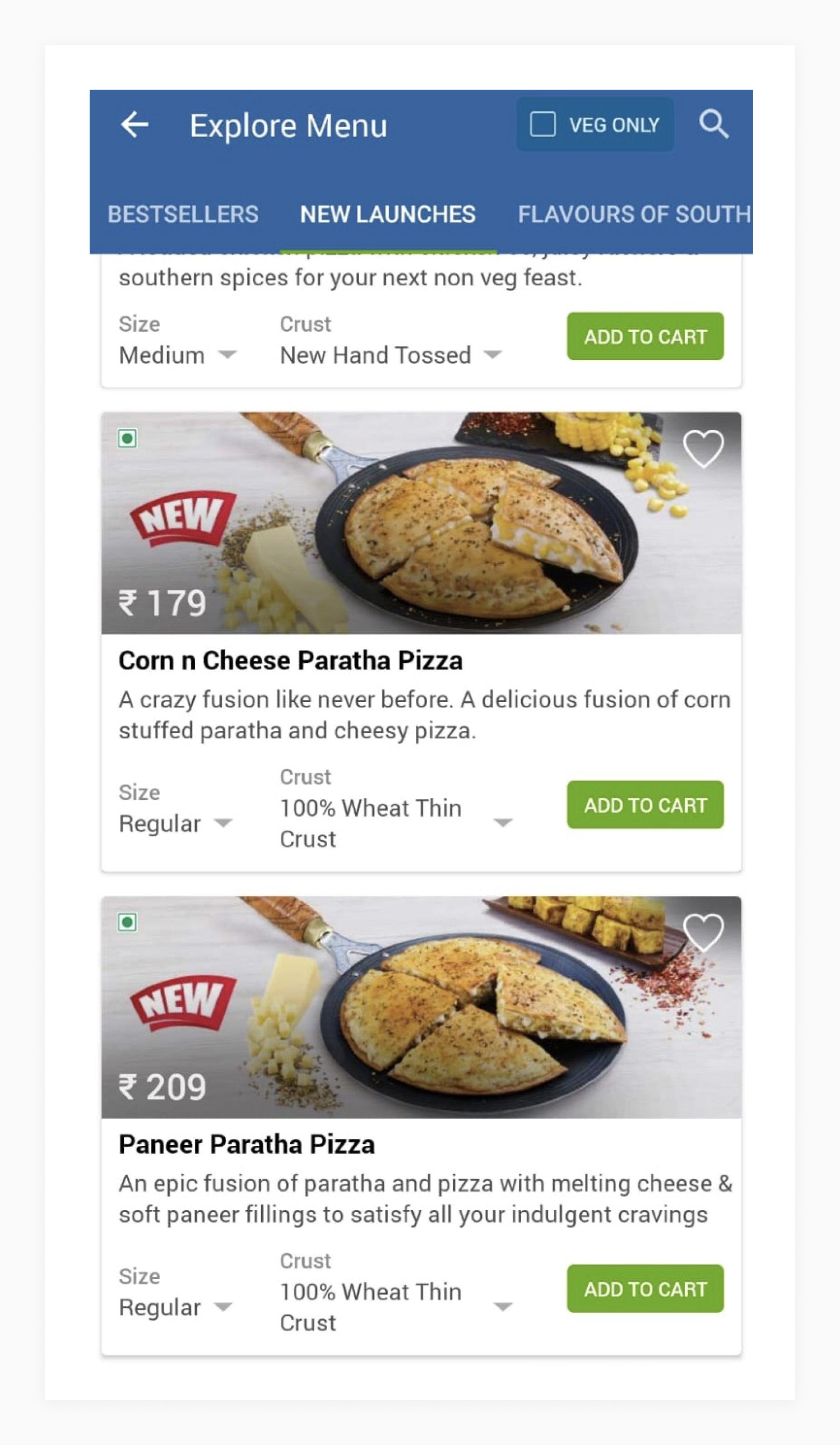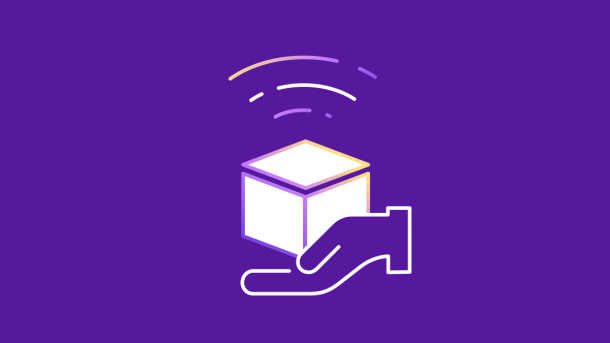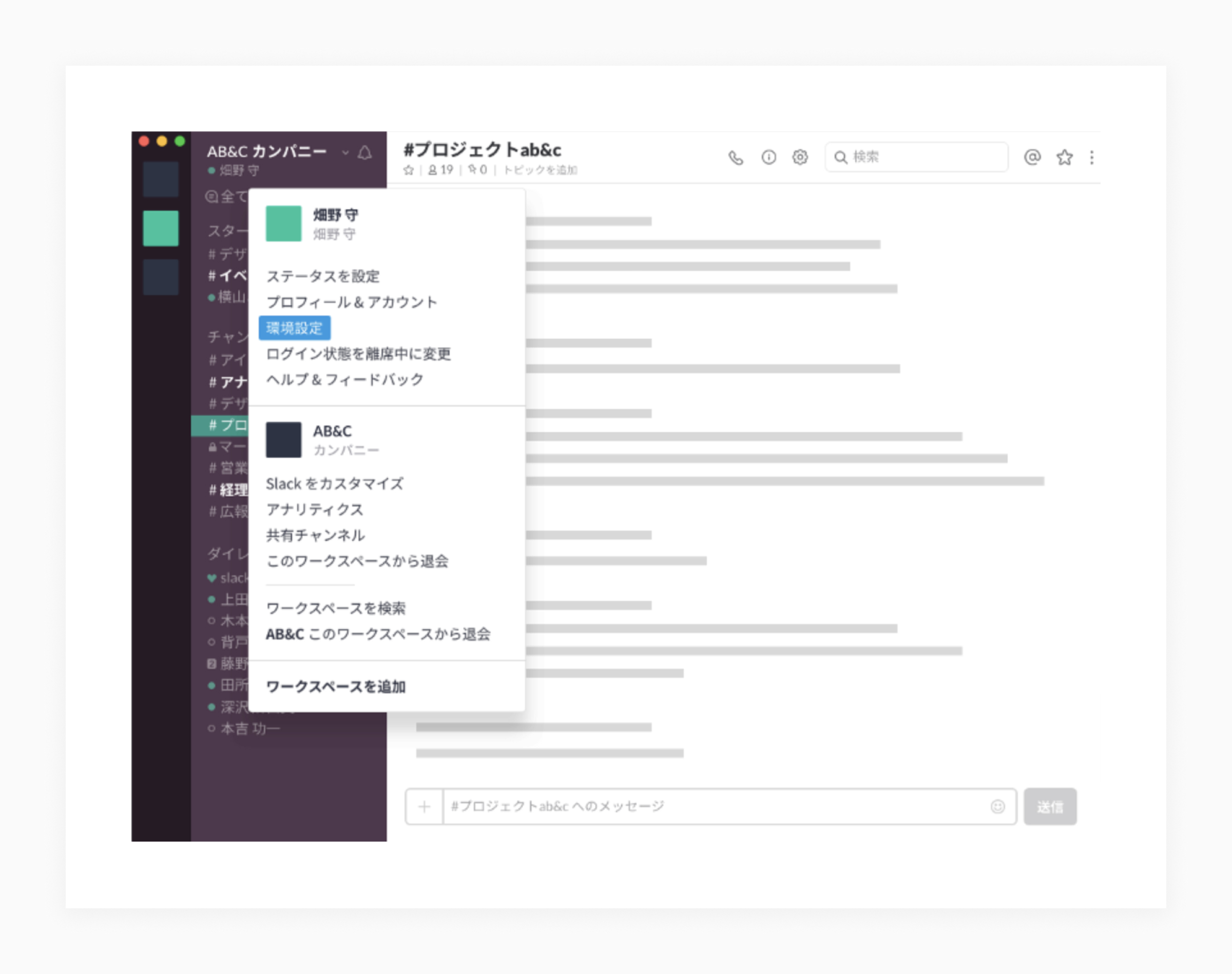Every year, more products enter the global market, and that trend isn't slowing down. In November 2022 alone, 93,131 apps were released on the Google Play Store, and 36,895 apps were released on the iOS App Store.
To ensure that your product can compete in this market, you must invest in a globalization strategy—or, in other words, a product localization strategy.
Product localization refers to adapting types of content to a new market. It includes translating, engineering, translation design, and testing the product for specific local requirements and cultures. Essentially, you adjust your product to better suit a local market, whether in language, size, shape, or any aspect that differs from the original.
In this article, we’ll walk you through the importance of product localization, its types, how to develop a localization strategy, and examples of brands that have achieved this successfully.
Why is product localization important?
Below, we’ve listed a few critical benefits of product localization:
Remove language and cultural barriers
A CSA report found that 66% of B2B buyers and 34% of B2C buyers are willing to invest in an app if it offers a local language experience.
Nobody wants to shop from a brand that isn't offering the experience they're looking for. Considering that only 25.9% of the global population speaks English and 60% of websites are only available in English, there's a massive gap in the market.
Localizing your product's voice and message during the design process can give you a significant edge over competitors. It ensures that no customer feels alienated due to language or cultural barriers. It also improves accessibility by making it easier for customers to interact with your product or service from anywhere in the world, thus thinning out the competition.
Quicker time to market
Using this approach, businesses have the potential to reduce time-to-market significantly. They can shorten the timeline to enter a new market without even launching physical stores.
Instead of waiting months before the product launch, it's best to adopt a "localization-from-the-start" content localization approach.
Doing so means you don't have to wait months to develop product features, followed by additional months to localize them. Instead, adopt a concurrent product innovation and localization approach so that it's ingrained within your development strategy—not as an afterthought.
Increase your customer base in a shorter period
Product localization is key to expanding your customer base quickly and ensuring customer satisfaction. It’s how you tailor your product or service to a specific culture and language, making it more approachable and appealing to global customers.
This process also ensures the accuracy of product information, as non-native speakers may misunderstand concepts and terms familiar to the local population. It increases trust between the brand and its customers, which is vital for any successful global expansion.
Positive impact on your bottom line
When you localize your product, you increase customer engagement and create a personalized product experience for users in multiple languages.
When users feel your product is custom-tailored for them, they're more likely to engage with the product and become recurring customers. This increased customer base will increase revenue over time as product loyalty also increases.
Types of product localization
There are three types of product localization: linguistic localization, cultural localization, and hardware and software localization.
Linguistic localization
This process involves converting one language to another to maintain accuracy and preserve the original message while ensuring that it makes sense in the translated language.
It goes beyond mere translation and involves a far more complex set of tasks that require an in-depth understanding of the languages and cultures of both source and target languages.
This process allows for localized content that reflects local cultures, conventions, and values.
Cultural localization
Cultural localization is a concept that builds on cultural adaptation.
It could involve changing elements like linguistic expressions, symbols, and more complex concepts such as designing the user experience with local preferences in mind.
If you’re localizing a mobile app in a right-to-left language like Arabic, the navigation and layout also need to be changed in that direction. Only then will customers from those regions feel comfortable to use the app.
Hardware and software localization
Software and hardware localization refers to customizing the product and localizing the UX for ease of use and functionality.
It goes beyond making simple changes to accommodate different operating systems. Rather, it customizes based on the language, cultural context, currency, time zones, and other local preferences of a specific region or country.
If you're localizing a product for an Arabic-speaking audience, you must ensure the user interface (UI) runs from right to left and not from left to right, as it does in English.
Additionally, consider factors like symbols and icons, colors, currency, and measurements to offer a truly localized experience. You need to work with developers and cultural experts in target markets.
How to implement a product localization strategy
Here’s how you can launch your product localization strategy in five steps:
1. Conduct target market and audience research
When conducting market and target audience research before starting the process, understand the context and background of the new language and culture. It requires in-depth research into broad topics such as culture, trends, politics, and consumer behavior.
Also, analyze data such as potential customer needs, market demand, and the presence of local competitors in the market. To do this, you should look at both macro-level market trends and micro-level customer trends.
Macro-level trends help identify the need for digital products in that market, buyer power, as well as app and software market growth rate. On the other hand, micro-level research involves further researching customer profiles and behaviors relevant to your product, like age group, income level, and lifestyle type.
Also, measure customer sentiment and feedback on your software or mobile app to gauge how likely they are to connect with your product. This sets the stage for the localization process and helps you determine what to include in the creative brief.
2. Internationalize your product
When developing and marketing in a digital landscape, internationalization is a key part of the process. It takes care of the technical aspects of localization.
Internationalization involves separating source code from localizable elements to rely on a single code base for each product version. It's a proactive approach to localization and saves you time, effort, and money.
Here are a few things to consider during the process:
- Make the product Unicode-aware to display double-byte languages, scripts, and right-to-left languages
- Minimize the use of strings that are concatenated together to avoid complications during translation
- Keep the UI flexible for formatting different date/time formats, currencies, and measurements
Ultimately, this feeds into the localization process that begins with creating the brief.
3. Create a localization kit for your team
A well-defined and comprehensive brief provides contextual information to your localization team and can help them create a higher-quality product.
Sylwia Winnik, Content and Translation Specialist of Energy Casino, says, "The issue I stumbled upon is not being given proper guidelines about the number of characters I can use for my translations in each language. Sometimes companies simply do not consider that it's not just translating from one language to another but that the translations need to fit the interface of the application or website we are working on. It's not always naturally the same length."
Your creative brief should provide clear instructions on specific aspects:
- What elements need to be translated
- How the elements should be translated
- Localization project timelines with specific deadlines
- Special requirements like character counts and tone of voice
- The target audience (demographics, preferences, linguistic differences)
- Foreign language documentation and product or industry glossaries
- Access to translation tools and screenshots or images of the product
- Brand guidelines and a glossary of terms to guide your translators
4. Translate every aspect of your product
Once your creative brief is ready, it’s time to start translating the product and related documents.
The actual product localization process goes beyond the software itself. Instead, it requires you to localize the app UI, website, mobile app copy, marketing materials, customer support documents, product documentation, and more.
Rover internationalized their website first and then translated its apps, surveys, legalese, ads, social media, emails, and more to achieve true localization. This process helped them serve customers in 10 countries using 8 languages.
To reduce the burden of translation, you should give your translators access to translation management systems like Smartling that take care of the heavy lifting. Here’s what our software can do for you:
- Automate your translation strategy and maintain consistency in your brand voice and style
- Instant web localization using our Global Delivery Network (GDN)
- Pre-built integrations with creative tools like Adobe Photoshop, Figma, etc.
- CAT tools with an in-built glossary and product marketing guides for easy access
- Integrate mobile app localization from the product development stage
Using these features, our expert translators can deliver tailored customer experiences to your users in a fraction of the time and cost. Many companies have already reaped the benefits of such a system.
For example, Lyft, a mobility-as-a-service platform scaled their content in 8 different languages. Using Smarlting’s TMS, they eliminated 75% of their workflow, making it 50% faster to deploy the content.
This is why we recommend integrating automated tools. They offer a 360o view of product localization and ensure you don’t miss anything.
5. Conduct beta testing and quality checks before release
Beta testing, quality assurance (QA), and user feedback are essential steps that are often forgotten.
Beta testing catches errors before they reach new customers. This saves businesses time and money by preventing issues due to faulty code or incorrect translation.
Once you've tested the product, iterate and conduct a QA check to determine fit. This includes verifying translations for accuracy and comprehensiveness and ensuring everything functions correctly. In this case, you need to think about the infrastructure and regulations of the region you're localizing for.
Eran Galperin, Founder and CEO of Gymdesk, says, "The challenge of localizing software is magnified in regions of the world with less developed infrastructure. Also, the fact that certain nations have distinct rules and regulations in place, it can be time-consuming and labor-intensive to ensure our software is compliant in all the countries in which it is utilized."
Ideally, these aspects are verified during the QA process, and only then should you deploy the product. Once you do that, implement a regular user feedback process to identify bugs and resolve them as they're flagged.
3 Examples of successfully localized products
Many companies with a global user base have found immense success with product localization. Here are a few that excel with this strategy:
Domino’s
Domino’s implemented clever strategies to tailor their products and services to meet the needs of the Indian market—they localized their menu and pricing. They added pizzas that contained local flavors such as paneer tikka, chicken keema, chicken tikka, paneer tandoori, and more. As a result, they could appeal to the local customer base and offer what they wanted.
They also hired an experienced marketing head and chefs to ensure complete customization of the menu. This allowed them to further differentiate themselves from other western fast-food chains and gave them an edge over competitors in the Indian market.
To enable online food delivery, they developed a localized website and app to facilitate it— allowing them to ride the digital wave.
From only 128 stores in India in 2006, they increased their franchise to 1495 stores in India by 2021.
 Source: Dominos India App
Source: Dominos India App
Nintendo
Through localization, Nintendo, a video game company, expanded its audience base to more than 100 million annual users.
Being a Japanese company, they had to localize their games for an American audience. For instance, the 80s were more conservative, so they had to abide by several censorship laws. This included removing sexual or gruesome content, offensive language, and emotional scenes of death and loss.
Ultimately, they dominated the market and have become one of the most favored gaming developers in that region (and across the world).
Slack
Slack has used localization to make it more accessible to different users and expand into international markets.
Slack began localizing the app for different markets by translating its user interface into French, German, Spanish, and Japanese. They added regional features like contextual language support, foreign currencies, and customer support services.
This allowed Slack to become a global success, with users from over 150 countries outside North America alone.
Localize your product with Smartling
Product localization is invaluable for companies looking to expand their product offerings into new markets.
It improves a product's usability, appeals to consumers in the target market, and ultimately boosts product sales in foreign markets. When done correctly, it prevents the company from isolating potential customers due to language barriers and cultural differences.
Also, investing resources into product localization shows customers that businesses are dedicated to providing products that prioritize accessibility, user experience, and overall satisfaction.
Thinking about the advantages of localizing your product? Book a meeting with Smartling to find out how we can help you achieve this in a fraction of the time and cost.











